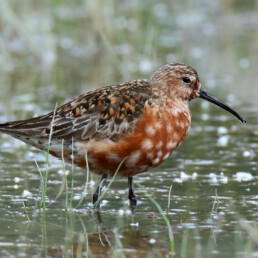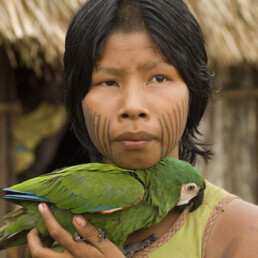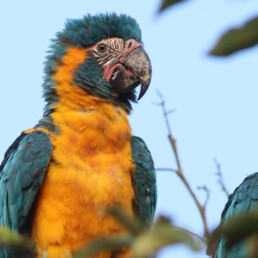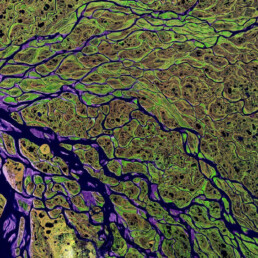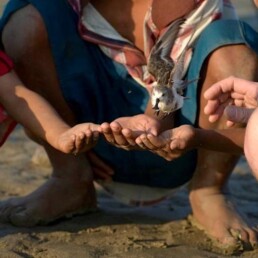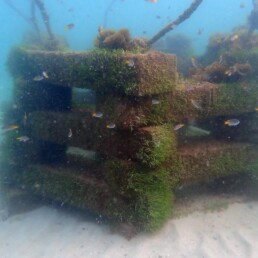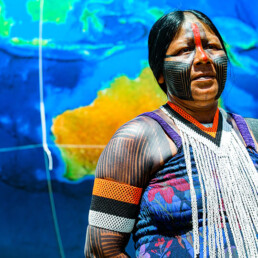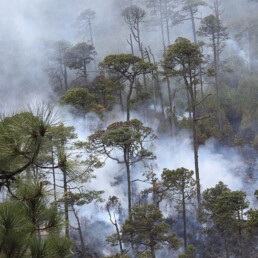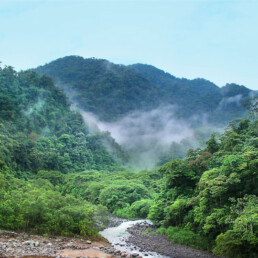Vulnerable
Ecological balancer
With its distinctive appearance and habits, the anteater has been featured in pre-Columbian myths and folktales, as well as modern popular culture. Unfortunately, it is now classified as Vulnerable by the IUCN. Human-induced threats include collision with vehicles, attacks by dogs, and destruction of habitat. In grassland habitats it is particularly susceptible to fires as its coat can easily catch fire and it is too slow to escape. The giant anteater is commonly hunted in Bolivia, both as a trophy and food and its leathery hide is used to make horse-riding equipment in the Chaco.
Photo : Asociacion Armonia
The giant anteater can be identified by its large size, long, narrow muzzle, and long bushy tail. It has a total body length of 182 to 217 cm and weigh from 27 to 50 kg, making it the largest anteater. Its head is particularly elongated, even when compared to other anteaters. Its cylindrical snout takes up most of its head with eyes, ears and mouth being relatively small. It has poor eyesight and relies primarily on a powerful sense of smell which is at least 40 times that of a human.
The giant anteater has no teeth and is capable of only very limited jaw movement. It’s oral opening is just large enough for its very long, slender tongue to flick out, moving in and out around 160 times per minute as it eats. It feeds primarily on ants and termites, using its fore claws to dig them up and its long, sticky tongue to collect them. It tracks prey by their scent and after finding a nest, tears it open with its claws and inserts its long, sticky tongue to collect its prey (which includes eggs, larvae and adult insects). It attacks up to 200 nests in one day, for as long as a minute each, and consumes around 35,000 insects each day.
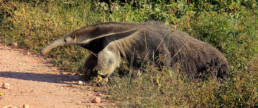
Though giant anteaters live in overlapping home ranges, they are mostly solitary except during aggressive interactions between males, when mating, and mother-offspring relationships. Female anteaters give birth to a single offspring once a year, and carry it on their backs until weaned.
The Giant Anteater is widespread geographically ranging from Honduras to Bolivia and northern Argentina, but there have been many records of population extirpation, especially in Central America (where it is considered the most threatened mammal) and the southern parts of its range. The dietary specificity, low reproductive rates, large body size, along with threats to habitat degradation in many parts of its range, have proved to be significant factors in its decline. The species can live in both tropical rainforests and arid shrublands, provided enough prey is present to sustain it. In open habitats such as savanna in South America the abundance of native colonial insects, such as termites, provide its main food source.
The giant anteater is not only captivating but, above all, it plays a crucial role in maintaining the health and balance of ecosystems. Recognized as an insectivorous marvel, this species helps control ant and termite populations, contributing to pest regulation and the overall ecological equilibrium. Given its extensive distribution range in South America, multiple projects led by the International Conservation Fund (ICF) are actively working to preserve its habitat.

